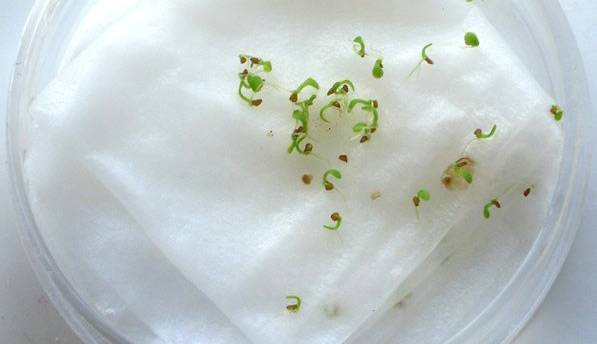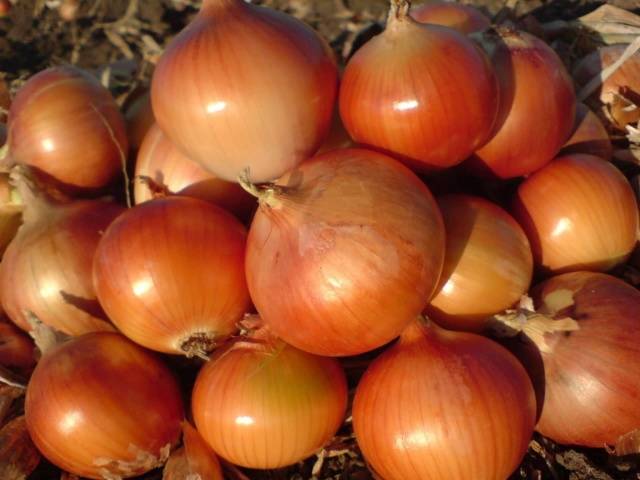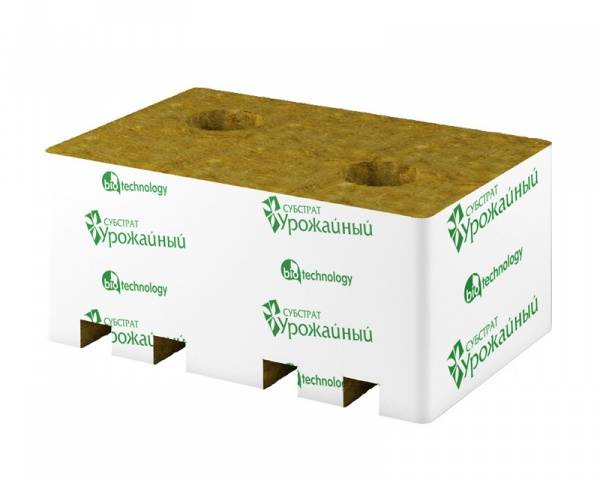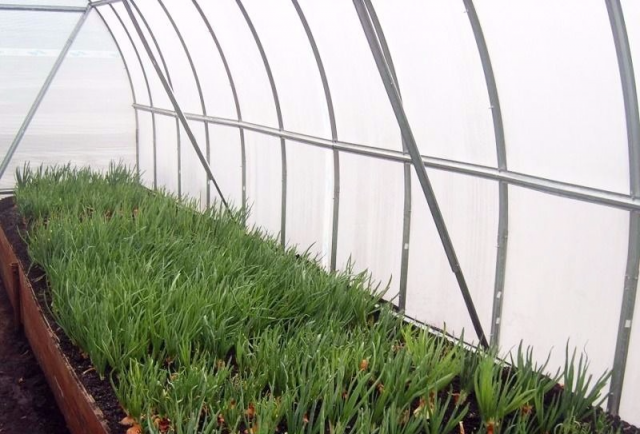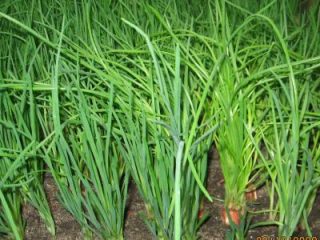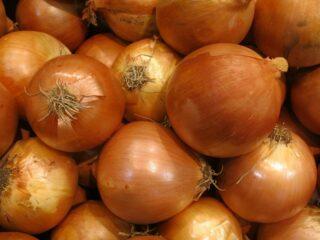Content
Growing onions in a greenhouse in winter can be used as an idea for business or for your own needs. To obtain a good harvest, the necessary conditions are provided, equipment and planting material are purchased.
Conditions for growing onions in a greenhouse
Active growth of onions can be ensured if a number of conditions are met:
- daytime temperature – from +18 to +20°С;
- temperature at night – from +12 to +15°С;
- daylight hours – 12 hours;
- regular watering;
- frequent ventilation.
Greenhouse equipment
To maintain the necessary conditions, you should purchase certain equipment for the greenhouse. Its structure is made of a wooden or metal frame.
A more affordable option is a wooden frame, but before installation, its surface must be treated to prevent deformation. The metal frame is coated with an anti-corrosion primer or painted.
Glass, film or polycarbonate is used as a coating.Polycarbonate is considered more reliable because it can maintain the required temperature conditions.
Purchasing shelving
It is most convenient to grow onions in special racks. They can be placed in several rows and thereby increase the yield.
The width of the racks should be up to 35 cm. The soil warms up in them faster, which shortens the period of feather germination. It is much more convenient to work with racks, since you do not need to bend over to the planting beds.
Installation of lamps
You can provide the required level of lighting using vertical lamps. It is best to use fluorescent lamps that are designed specifically for lighting plants. Their power is 15-58 W.
It is allowed to use LED lamps or strips. If lamps with a power of 20-25 W are used, then they are placed every 1.2 m.
It is best to place the greenhouse in a sunny area to save on lighting. However, it is impossible to do without additional lighting due to the short daylight hours in winter.
Watering and heating
A prerequisite when deciding how to grow onions is timely watering of the plantings. To do this, use warm water that has settled in barrels.
Heating devices are used to maintain the required temperature inside the greenhouse. One option is to equip the premises with electric or gas boilers. Their pipes are placed evenly around the perimeter of the greenhouse.
You can also install stove heating or electric heaters in the greenhouse.Ventilation is provided using vents. It is best to open them during thaws.
Choosing onions for planting
For growing green onions In the greenhouse in winter, choose the following varieties of onions:
- Onion. It has been planted in greenhouses since March, and frost-resistant varieties are chosen. Boxes measuring 40x60 cm are prepared for planting. If necessary, they can be quickly moved to a new location.
- Slime Bow. It has high taste and frost resistance. The plant is demanding on moisture levels, so you need to constantly monitor soil moisture.
- Onion. This is one of the most unpretentious types of onions, capable of germinating in any daylight hours. It is grown in a greenhouse at any time of the year, and the forcing time is 2-4 weeks. After a month, his feathers become hard and bitter.
- Shallot. This crop is especially demanding of moisture and fertilizing. It is not recommended to grow it several times in a row on the same soil.
- Multi-tiered onion. The plant got its name due to the formation of bulbs at the ends of the feathers, which produce new greenery. Multi-tiered onions do not have a dormant period and germinate at any time of the year. This variety is especially valued for its frost resistance and early ripening.
- Leek. This variety of onion is grown from seeds. The plant does not form a large bulb. For planting onions in a greenhouse, early ripening varieties are selected, which are considered the most productive.
Preparation of planting material
How to grow onions depends largely on its variety. It is most convenient to plant bulbs, since this method requires minimal effort. When using seeds, the period required for cultivation increases.The seedling method involves transferring sprouts obtained at home to a greenhouse.
Planting seeds
This method is not in demand because it takes a lot of time. For planting, take young seeds less than 2 years old.
You can first assess the germination of seeds. First, 20 seeds are selected and wrapped in a damp cloth. If more than 80% has germinated, then such material can be used for planting in the ground.
Then the seeds need to be treated with a 1% manganese solution. Planting material is placed in the prepared solution for 45 minutes.
The Epin solution will help improve germination. Add 2 drops of the drug to 100 ml of water, after which the seeds are immersed in the solution for 18 hours. The ambient temperature should remain 25-30°C.
After processing, the seeds are planted in a greenhouse. To do this, grooves 1-1.5 cm deep are made in the soil.
Using seedlings
Leeks are grown in seedlings. The first shoots are obtained at home. The seeds are planted in containers, watered and covered with film. You can plant seeds for seedlings in peat pots.
After the sprouts appear, the containers are moved to the windowsill. For active growth, onions require elevated daytime temperatures: +17…+21°C. Every two weeks is held feeding onions compost. The leaves of the seedlings need to be trimmed so that no more than 10 cm in length remains.
When the onion grows, it is thinned out and transferred to a permanent place in the greenhouse.Planting is done when the sprouts reach a length of 15 cm.
Planting bulbs
The most effective method is to plant the bulbs directly into the soil of the greenhouse. First you need to select planting material. Small bulbs are suitable for planting.
You can increase the yield of onions by warming up the planting material. It is kept at a temperature of +40°C for 24 hours.
Then, using garden shears, you need to trim the neck of each bulb. This will give the plant access to oxygen and accelerate feather growth.
Soil preparation
Onions prefer sandy soil, which is fertilized with humus and peat. It is recommended to dig up the soil before planting.
Fertilizers are required. Their number per square meter is:
- compost - 1 bucket;
- sodium chloride – 15 g;
- superphosphate – 30 g.
If you take garden soil, then you need to take into account crop rotation. The optimal predecessors for onions are eggplants, beets, tomatoes, and carrots.
Instead of soil, you can use small ones for planting onions. sawdust. They are lightweight, hold moisture well and do not require replacement.
A layer of sawdust is poured onto the shelves or beds, and ash and ammonium nitrate are poured on top. Due to the ash, the wood material is deoxidized, while saltpeter saturates the bulbs with nitrogen. In this case, no additional fertilizing is applied.
Landing dates
You can plant onions on feathers in a greenhouse at any time from October to April. If the necessary conditions are met, green feathers can be collected in 20-30 days. The next batches are planted after 10-14 days, which will ensure continuous harvesting.
Boarding order
There are several ways to plant onions in a greenhouse or greenhouse.For planting in the ground, choose the pavement or strip method. You can choose a method hydroponics and get a good harvest without using land.
Bridge method
With the bridge method, the bulbs are planted close to each other so that there is no free space left. This method allows you to significantly save time and effort, since there is no need to dig beds, mulch the soil and weed weeds.
The bridge method is convenient for planting bulbs in boxes or on racks. First you need to apply fertilizer to the soil. For every square meter of such beds, about 10 kg of planting material is required.
Belt method
With the strip planting method, onions are placed in prepared furrows in a greenhouse before winter. Leave up to 3 cm between the bulbs, and 20 cm between the rows.
Using the belt method, you can plant not only bulbs, but also seeds. When using seed material, seedlings must be thinned out.
Hydroponics
To grow onions hydroponically, you need to purchase special installations. They include containers that are filled with water, a lid with holes for onions, and a compressor with a sprayer.
You can make such an installation yourself. The optimal dimensions of a tank for growing onions are 40x80 cm. The height of such a tank is 20 cm.
During root germination, the water temperature is maintained at 20°C. To stimulate feather growth, the temperature is increased to 25°C. You can provide the necessary performance using an aquarium heater.
The lid should fit tightly to the tank, which will prevent light from entering the onion root system. Bubbling with a compressor is carried out for 6-12 hours.
Growing on mats
Another option is to grow onions in a greenhouse on special mats that are impregnated with fertilizer. The bulbs are placed tightly to each other.
First, the mats with planted onions are left in a cool, dark place. In a greenhouse, you can cover them with fabric. After 10 days, when the roots sprout, the plants are provided with the necessary temperature and light levels. Periodically, the mats are watered with fertilizer intended for hydroponics.
Onion care
One of the components of the process of growing green onions in a greenhouse is providing proper care. This includes the following activities:
- Immediately after planting, the onions should be watered generously. To form the root system, you need to maintain a temperature of 20°C.
- After two weeks, planting is watered with a weak solution of potassium permanganate. This treatment helps prevent the spread of mold, diseases and pests.
- The next day, you need to remove dry, rotten and weak bulbs that are unable to produce a good harvest. The temperature in the greenhouse must be increased to 23°C.
- The greenhouse room is periodically ventilated without creating drafts.
- Greenhouse onions are watered every week with warm water.
During the forcing process, onions do not require fertilizing, since all the necessary fertilizers have already been added to the soil. Additional fertilization is necessary in cases where pale and thin feathers appear.
To make onions grow faster, they are fed every 10 days. The last treatment is carried out 10 days before harvesting. For these purposes, fertilizers “Vermistim”, “Gumisol”, etc. are used.
The harvest is harvested when the feathers have reached 35 cm. For sale, onions are packaged in 50 g units and wrapped in cling film.
Conclusion
Onions are considered an unpretentious crop that produces green feathers even in the absence of ideal conditions. In winter, you can grow various types of onions that do not have a dormant period. To maintain the necessary microclimate, the greenhouse is equipped with lighting, an irrigation and heating system.
Winter is the easiest time to plant bulbs, which speeds up the period of feather formation. First, the planting material is processed to speed up the forcing of onions. Planting is done in prepared soil, sawdust or a hydroponic system. Onions are regularly watered and fed if necessary.
The process of growing onions in a greenhouse is described in the video:





